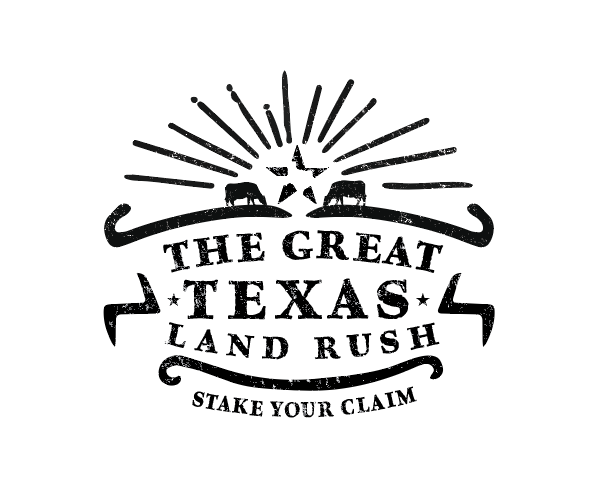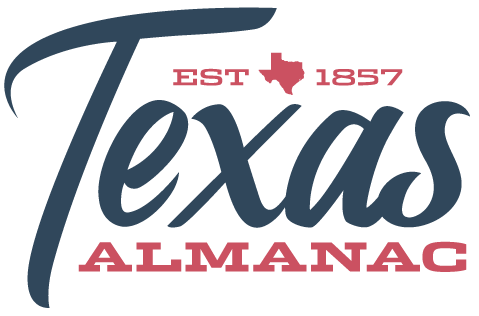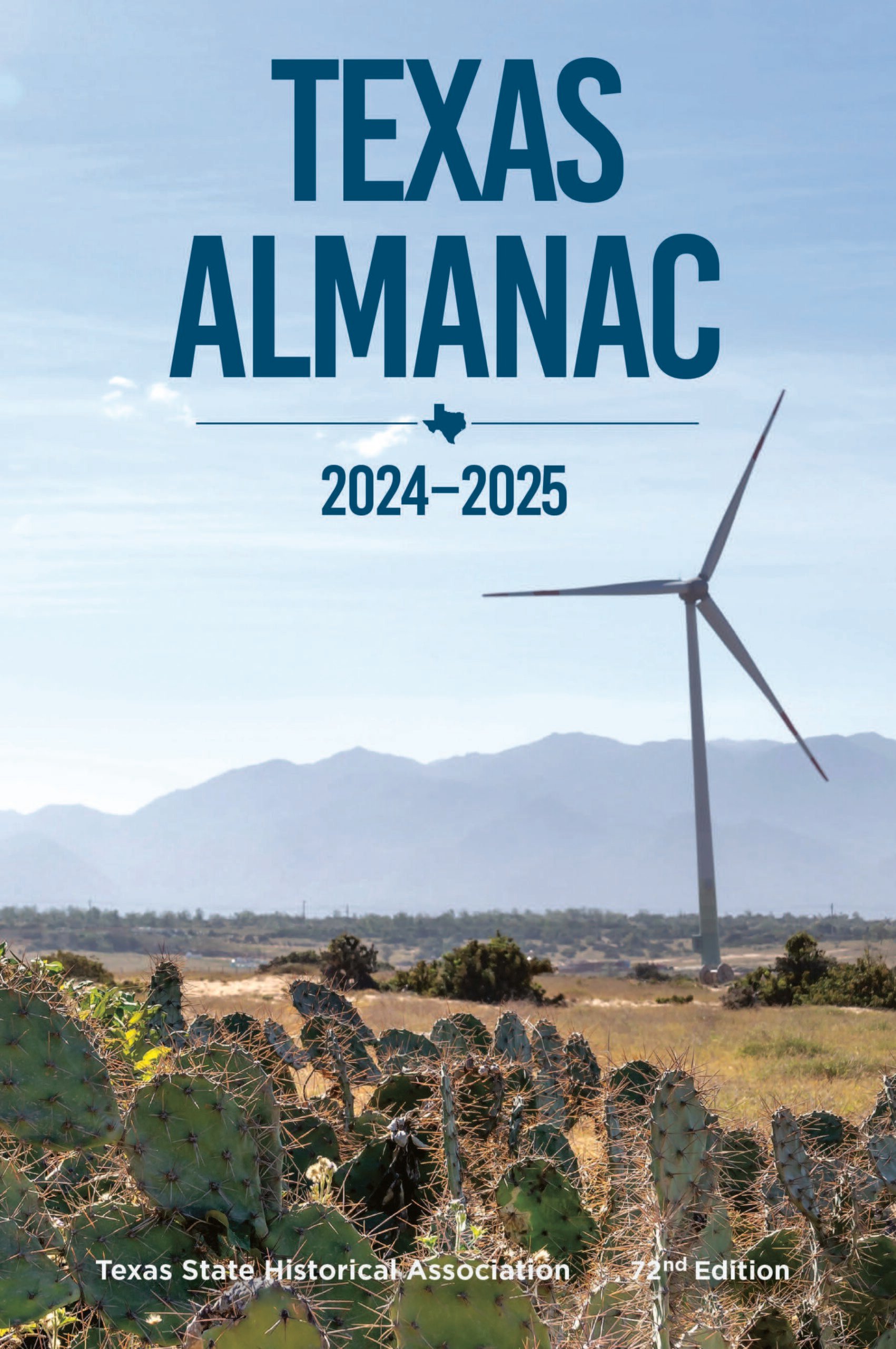William Penn
William Penn is on Jackson Creek and Farm Road 390 (here the route of the La Bahía Road), twelve miles northeast of Brenham in northern Washington County. The site is three miles south of Hidalgo Bluffs, the Brazos River site of the Hidalgo settlement during the Republic of Texas. It was originally a Mexican land grant to Old Three Hundred settler Isaac Jackson and was purchased in 1839 by another Old Three Hundred member, John G. Pitts. The area was also settled in 1849 by Virginian John C. Eldridge, who named the settlement after the steamboat William Penn, which called at the nearby ports Warren and Washington in the 1850s. About 1850 Robert Hallum, an early Texas builder, constructed Eldridge House at William Penn. It is the only house designed by Hallum that still survives. Until 1903, when the house was purchased by German immigrant Henry Muegge, it was a center of social activity in the area. Originally William Penn was a plantation settlement composed of Anglo-Americans and Blacks. Before the Civil War German immigrants moved in; they later became the dominant ethnic group. In 1860 Bethlehem Evangelical Lutheran Church was founded at William Penn. Its cemetery dates from 1861, and the current church building was completed in 1893. By 1873 William Penn had a post office; the church organized a school by 1876. In 1878 Rev. Peter Klindworth held a conference of representatives of the Texas and Missouri Lutheran synods at William Penn. The economy of William Penn was completely agricultural in 1884, but by 1890 it had developed a commercial sector and wagonmaking industry. The establishment of two cotton gins invigorated the community's economy around 1914. In 1988 Sommer's Gin in the William Penn vicinity was the last working cotton gin in Washington County; it had been run by five generations of Sommerses. However, in the late 1980s ranching was the town's major activity. The community grew from a population of thirty in 1884 to a high of 127 in 1904. It lost its post office in 1916. The number of residents was fifty in 1930 and 100 in 1952, when the town had seven rated businesses. Despite the loss of commercial activity after 1970, the population of William Penn remained at 100 in 1990 through 2000.
Carole E. Christian | © TSHA

Adapted from the official Handbook of Texas, a state encyclopedia developed by Texas State Historical Association (TSHA). It is an authoritative source of trusted historical records.

- ✅ Adoption Status:
Belongs to
William Penn is part of or belongs to the following places:
Currently Exists
Yes
Place type
William Penn is classified as a Town
Location
Latitude: 30.31521020Longitude: -96.28218440
Has Post Office
No
Is Incorporated
No
Population Count, 2009
40

